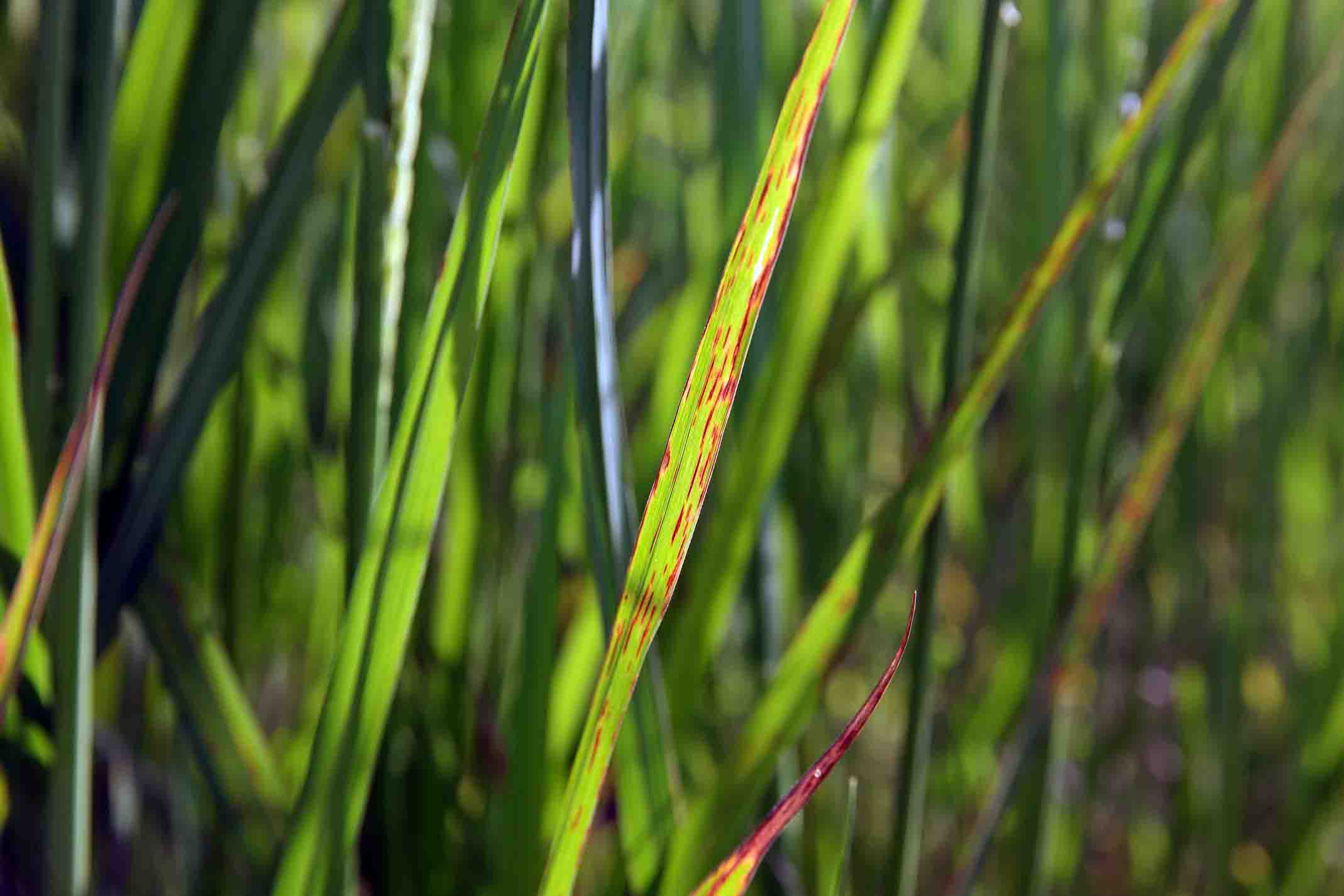Last Updated:
August 9, 2025
Fallen leaves on your lawn may seem like no big deal, but they can quickly turn from seasonal charm to a suffocating blanket. While raking can be a tedious task, leaf removal is one of the most important lawn care steps a homeowner can take in the fall and early winter.
Come read all about the benefits of prompt leaf removal, and why your lawn needs you to clean up those leaves this fall!

Even a thin layer of fallen leaves can begin to choke your grass if left alone. Leaves prevent sunlight from reaching the lawn and trap moisture at the soil level, creating a perfect storm of suffocating conditions. When the grass is starved of light and airflow, it struggles to photosynthesize and build energy for winter dormancy.
Over time, this leads to thinning, discoloration, and even turf death. In short, while the grass may seem dormant in fall and winter, it's still very much alive, and it needs oxygen, light, and air to survive. A dense leaf layer blocks all three.
Problems caused by leaf buildup:

One of the most serious risks of not removing leaves from your yard is the potential for disease. Fungal diseases thrive in damp, dark environments, and leaf piles create just that. Common lawn fungi like snow mold, brown patch, and leaf spot can overwinter in these conditions and return even more aggressively in spring.
These diseases attack the root system and compromise the turf’s ability to recover in the growing season. Once temperatures rise, you'll notice discolored circular patches of dead grass where mold had taken hold, leaving unsightly scars that can take months to fully recover, if they ever do.
Common lawn diseases linked to leaf buildup:

Some homeowners wait until every last leaf has fallen before tackling leaf removal. While this seems like a more efficient use of time, delaying the cleanup actually gives those leaves more time to damage the turf.
Prompt, repeated removal rather than one major cleanup allows your lawn to stay exposed to sunlight and oxygen throughout the fall. This exposure helps strengthen the grass as it stores energy in its roots in preparation for winter dormancy. If the lawn is blocked by leaves during this vital transition, it enters winter in a weaker state, which can delay spring green-up or reduce density and vigor for the next season.

The decomposing leaves themselves introduce additional organic matter to your soil surface. While a small amount of decomposed organic material can be beneficial, excessive leaf litter changes the pH and nutrient balance of your soil, creating conditions that favor weeds, not turfgrass.
Below are some of the biggest benefits your lawn receives when you remove fall leaves:

There’s no single “best” way to remove leaves, as it often depends on the size of your lawn, the number of trees, and your personal preference. However, combining several strategies can provide the most effective and efficient results.

In most regions, leaf removal should begin as soon as the first layer of leaves starts to cover your lawn. Throughout fall, plan on removing leaves every 7–10 days depending on tree density and weather. Continue cleanup into early winter as late-falling leaves or wind can continue to deposit debris on your yard well after peak season.
The key is consistency. A little bit of effort spread across several weeks is much more beneficial, and less overwhelming, than letting the task pile up.
A yard that was regularly cleaned through the fall will green up faster in spring, have fewer bare spots, and require less intervention like reseeding, dethatching, or disease treatment. In contrast, a lawn neglected during the fall may emerge from winter looking patchy, diseased, or discolored. These symptoms can take weeks or months to reverse, costing more in repairs and recovery treatments.
If you are interested in professional leaf removal in the Chantilly, Virginia area, call Blue Sky today to get a free quote on our fall cleanup services!